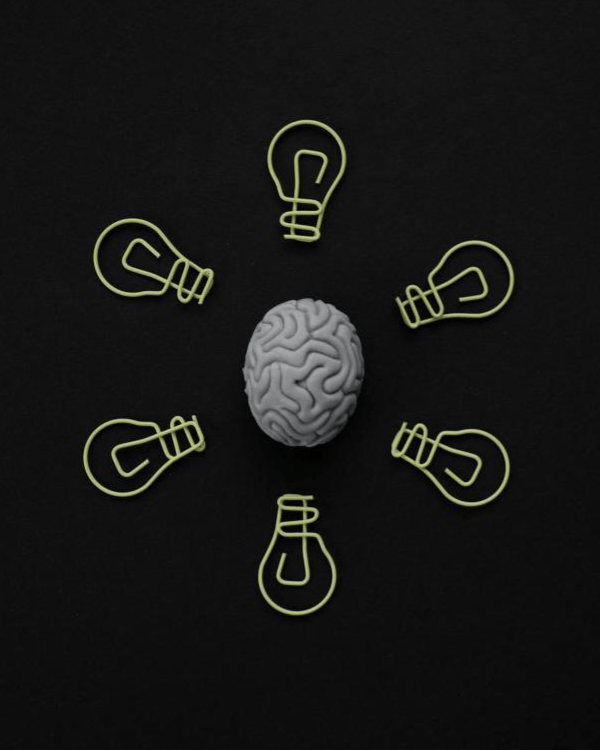How Many Labels Do We Need?
As a sociologist, I am more than aware of the perils of labelling. However, I have never experienced this as a problem as a dyslexic learner, since understanding dyslexia, and my strengths and weaknesses, is essential for success. It provided an informed explanation for all the difficulties and facilities I have experienced in my life and education. It seems to me that this is a basic human right- to know oneself.
What has muddied the waters is the growing social realisation that most neurodivergent labels are incomplete. We almost invariably can identify with many of them. When researching for the Westminster AchieveAbility Commission (2018), we discovered that only a small minority identify with just one neurodivergent label. Most identify with two or three, and one of our respondents identified with 14. So what is going on?
In practice, different diagnostic labels are controlled by different and competing professional groups. These include psychologists, medical practitioners, teachers, speech and language therapists, and psychiatrists. It takes a great deal of training and expense to become recognised as a diagnostician (or assessor). And each will focus on their area of expertise. Consequently, the label (or very occasionally, labels) acquired by the neurodivergent person may depend heavily on the professional background of the assessor,

rather than any of the specific difficulties experienced by the neurodivergent person. To make matters worse, many of the diagnostic criteria for the different labels are shared in common. For example, 50% of the diagnostic criteria for dyspraxia are exactly the same as for dyslexia. In what sense then are they separate things?
Another part of the problem is that each neurodivergent label is perceived by most assessors as a real thing imposed on the individual rather like catching an identifiable disease. So the diagnostic process seeks to identify which label is the ‘real’ one. This fractured view of neurodiversity is completely at odds with the experience of neurodivergence. I don’t experience my dyslexia as separate from my dyspraxia, dysgraphia or ADHD. I experience them holistically. My label for this is ‘me’.
We can also begin to recognise that most neurodivergent people across all categories of neurodivergence have a lot in common with each other. We are almost invariably visual rather than verbal thinkers who make sense of our experiences holistically (often known as big picture thinking). These commonalities give rise to very similar strengths (big picture thinking, problem solving, creativity, etc) as well as similarities in difficulties (working memory, organising sequences - including time, muscles, planning, etc). Recognising this led to my developing the Bagatelle Model of neurodiversity. This argues that the specific difficulties we have with learning are locked in by traumatic experiences. In other words, where an individual ends up across the spectrums of neurodivergence is somewhat arbitrary and dependent on how we have been treated and react to that treatment. The specific difficulties, which form the backbone of specific labels, are not the real issue, even if they have become so. The real issue is how we bring meaning to our experience and how this is systematically invalidated by our educational and social systems.
We don’t need more labels, we just need a useful one. At the moment ‘neurodivergent’ is as good as it gets.
Cooper, R (Ed., 2018) Neurodiverse Voices, Opening Doors to Employment, The Westminster AchieveAbility Commission, https://www.achieveability.org.uk/files/1516612947/wac-neurodiverse-voices-opening-doors-to-employment-report_2018_interactive.pdf

